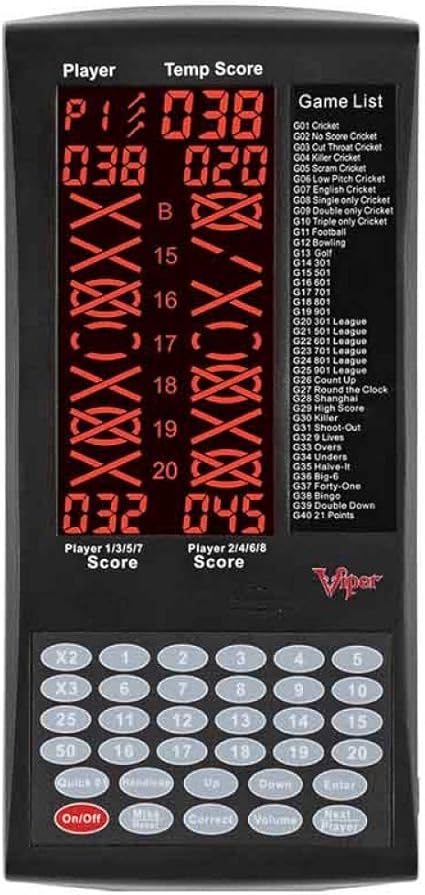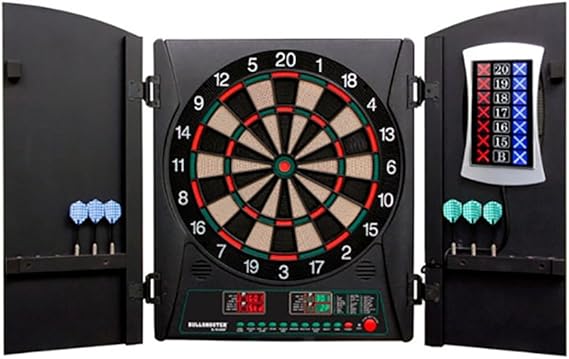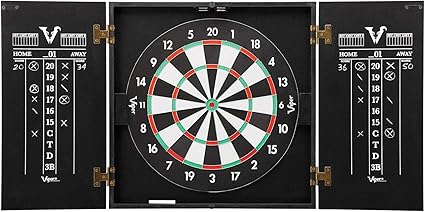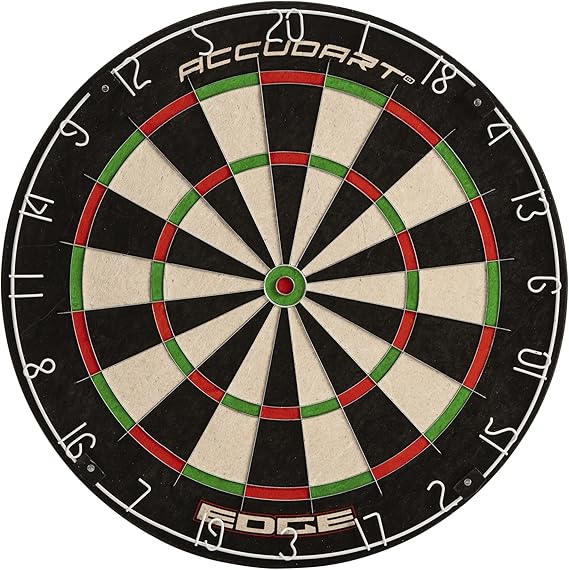501 Rules in Darts: A Comprehensive Guide
501 is one of the most traditional and widely played dart games globally, enjoyed by players of all skill levels. In this guide, we will explore the 501 rules in darts, detailing the game’s objective, essential rules, and how to score effectively in a 501 dart game.
Objective of 501 Darts:
The 501 dart game begins with each player or team starting at 501 points—hence the name. The goal is to work down from 501 to zero points. The first team or individual to reach zero wins the leg. A typical dart match consists of multiple legs, with the winner determined by who wins the majority, such as best of 7 legs or best of 9 legs.
501 Darts Rules:
To excel in the 501 dart game, understanding the fundamental rules is essential. The game can be played one-on-one or by two teams. In team matches, players take turns after each round. Once team composition is decided, the next step is determining who throws first. This is often decided by a coin toss or through “diddling” (also called “corking”), where both players throw one dart at the bullseye. The player closest to the bullseye throws first. A few key points to remember for 501 rules in darts when determining who throws first:
- A double bullseye beats a single bullseye.
- If both players hit the same score (e.g., two single bullseyes), they throw again.
Another important rule involves the number of throws per round. Players or teams throw three darts per round. In some tournaments, players must “double in” by hitting a double to start their score, though other games may allow immediate scoring without this requirement.
How to Score in 501 Darts:
The scoring in the 501 dart game is straightforward once you understand the dartboard. The outer ring of the dartboard represents doubles, and the inner ring represents trebles. For example, hitting the inner ring on the number 19 would score treble 19, earning 57 points.
While many assume aiming for the bullseye is the best way to score, experienced players often aim for treble 20, which yields 60 points—more than the 50 points from the bullseye. The maximum score a player can achieve in a single round is 180, accomplished by hitting the treble 20 with all three darts.
Ending the 501 Game:
To finish the game, a player must “double out.” For instance, if a player has 32 points left, they must hit the double 16 to reduce their score to zero. Failing to do this, or overshooting the required points (called a “bust”), results in the player’s score remaining unchanged, and they must try again in the next round.
Now that you’re familiar with the 501 rules in darts, scoring, and strategy, it’s time to start practicing. With enough focus and understanding of the 501 dart game, you’ll improve your gameplay and master this exciting and classic dart format.







